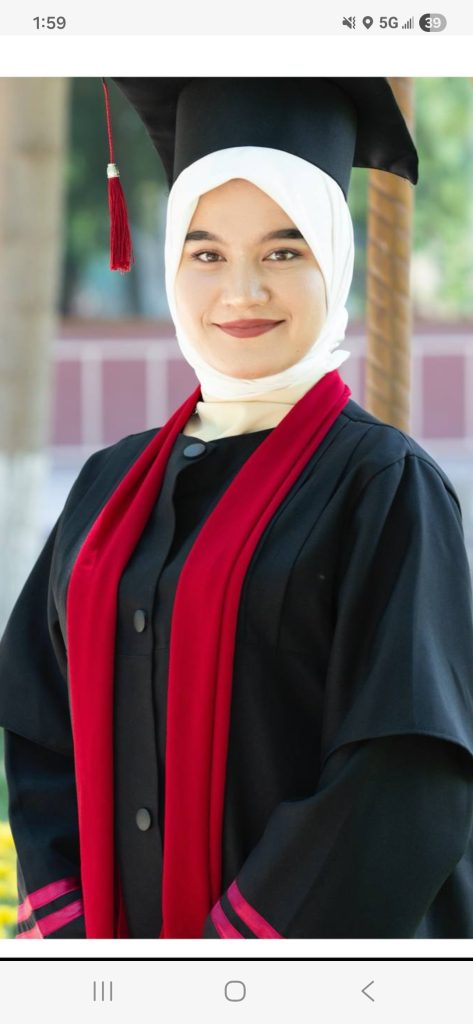
Socialist Linguistics: Theoretical and Practical Perspectives
Abstract
This article examines the theory of socialist linguistics, its role in society, and the social functions of language. It highlights the importance of language in socialist societies, the relationship between language and social development, language policy, and the communicative functions of language.
Keywords
Linguistics, socialist society, language policy, social communication, socialism
Introduction
Language is the primary means of communication in any society, closely linked with social development, culture, and political systems. Socialist linguistics studies language not only from a linguistic perspective but also in terms of its social functions and within the context of socialist values.The main objective of socialist linguistics is to explore the interrelation between language and society, identify the role and functions of language within socialist ideology, and contribute to its practical implementation in education, media, and culture.
1. Theory of Socialist Linguistics
The theoretical foundations of socialist linguistics include: 1. Language and Social Structure – Language reflects societal norms and values across all social strata. 2. Language Policy and Norms – In socialist societies, language policy aims to develop a unified national language and adapt it to socialist values. 3. Language and Ideology – Language serves as a medium to instill socialist ideology and shape social behavior and culture.
2. Language and Social Development
Language plays a crucial role in the social development of a socialist society:
Education and Culture – Socialist linguistics facilitates systematic language learning and its application in society.
Communication Processes – Language enables effective information exchange among different social groups.
Cultural Integration – Language acts as a tool to unify national and ethnic groups under common socialist values.
3. Practical Directions of Socialist Linguistics
Developing linguistic norms and standards
Analyzing socialist literature and texts
Studying language and communication strategies
Integrating language and ideology
Conclusion
Socialist linguistics provides a deep understanding of the relationship between language and society. It examines the social functions of language, its alignment with socialist values, and its role in language policy and communication. Therefore, socialist linguistics is a vital instrument for social development and cultural integration in socialist societies.
Adashaliyeva Durdona Akramjon qizi was born on June 30, 2002, in Uychi District, Namangan Region. She graduated from Secondary School No. 33 in Uychi District, and later completed her studies in Uzbek Language at Namangan State University. She is currently working as a teacher at Namangan City Polytechnic No. 1.



